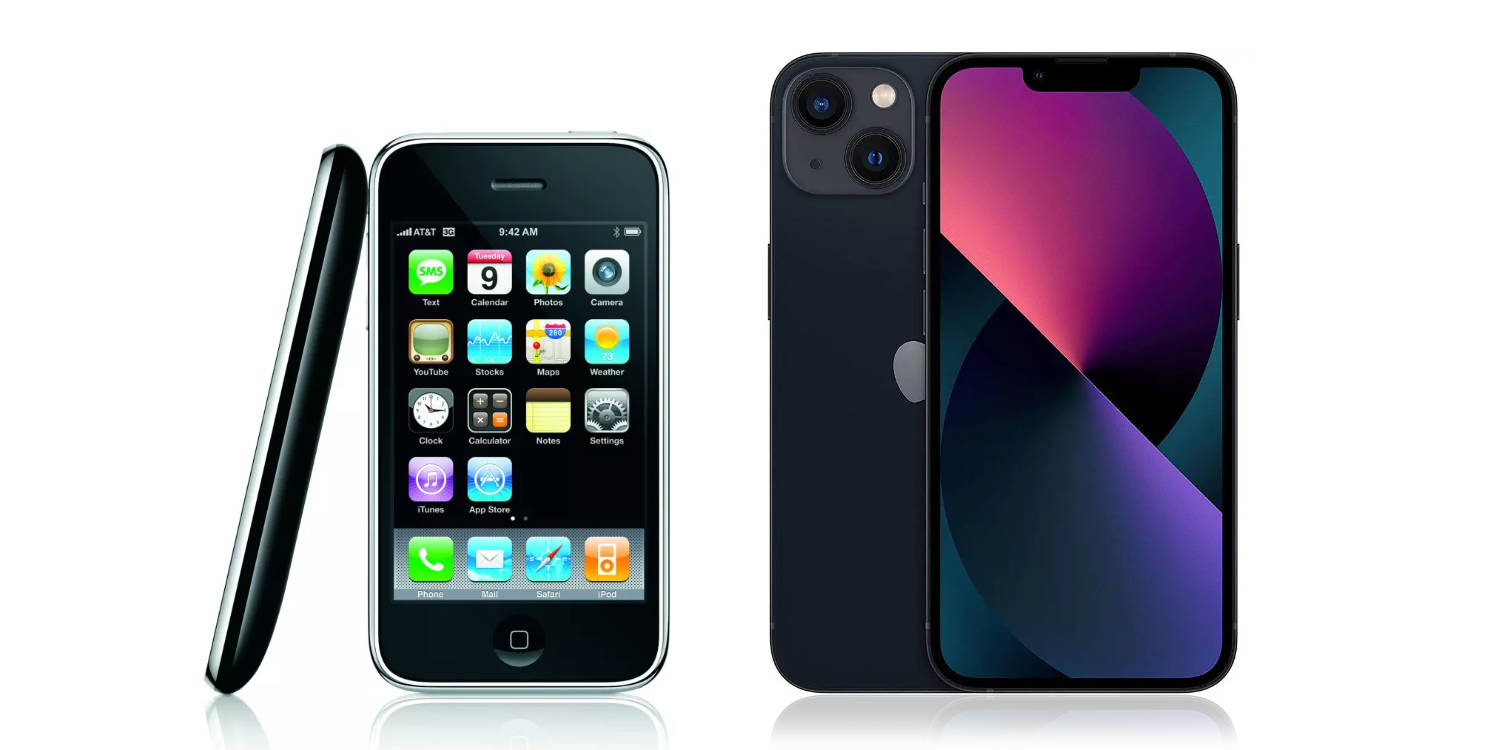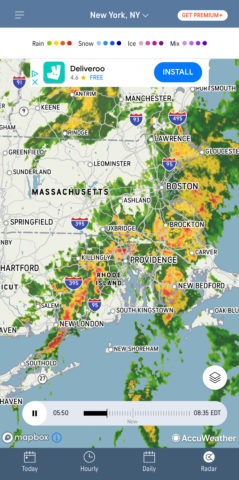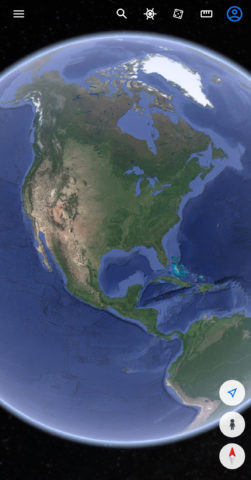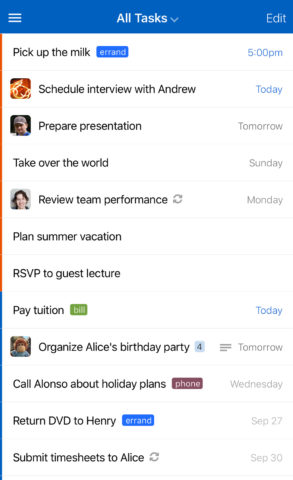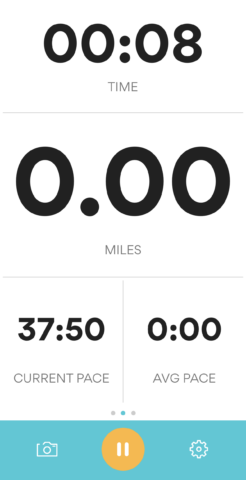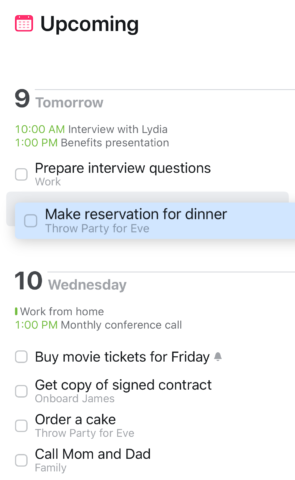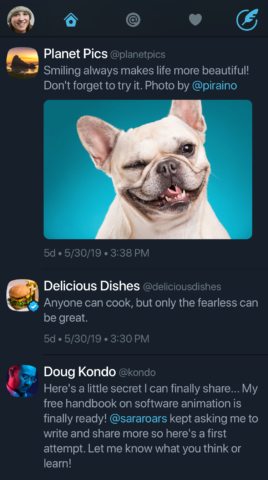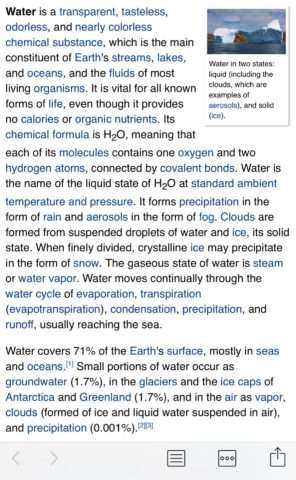The cream of the App Store crop from over a decade ago can still cut it on your iPhone
It’s easy to get excited about the newest and shiniest apps. But there’s something to be said about longevity – apps that stand the test of time and that are regularly updated by their creators.
In this round-up, we’ve gone back to the beginning. Well, not quite the beginning. The iPhone’s first year was bereft of official third-party apps. So please excuse our slightly fudged title.
Instead, we’re talking about the year after the App Store officially launched on July 10, 2008. We’ve scoured app release dates and our own purchase history to find quality products that arrived during those 12 months, that remain active, and that are still well worth installing on your iPhone.
AccuWeather (free)
Apple’s built-in apps provide a foundation for broad mainstream use. Third parties can thrive in the spaces left for people who want more. AccuWeather arrived in late 2008 to let people delve deeper into weather forecasts, to avoid sunburn or a soaking. It remains popular and packed with features and details.
Bloom ($3.99/£3.49)
Ambient music pioneer Brian Eno joined forces with musician/software designer Peter Chilvers to create this beguiling instrument. With each tap, noise and colored circles are emitted, looping and evolving into the infinite. Although last updated in 2019, it fully works on modern devices. The creators later released 10 Worlds – an ‘album’ to Bloom’s ‘single.’
Currency (free)
A key benefit of apps is them providing you with information you consider important, without you having to hunt for it. Jeffery Grossman’s Currency has always made it simple to create a list of currencies to track. Today, it makes doing so even easier through its widgets and Apple Watch app.
Google Earth (free)
The original iPhone included Google Maps data within Apple’s Maps app, but a year later it was Google Earth that wowed. Having the entire planet beneath your fingertips was an entrancing multitouch experience. The modern incarnation may not excite to the same degree, but it remains fun with impressive 3D views, guided tours and knowledge cards.
Instapaper (free)
A revolutionary online service became a revolutionary app in 2008, as Instapaper allowed you to ‘stash’ web articles for later. Echoing Apple’s love of typography and minimalism, the app’s no-distraction views were a boon, freeing you from increasingly cluttered web pages. We highly recommend checking it out if you’ve not done so to date.
OmniFocus (free + IAP)
That people still argue the iPad is a consumption-only device is farcical when you consider OmniFocus was available for iPhone at the App Store’s birth. And it was no mere viewer, instead marrying powerful project management with iPhone-specific features like photo capture, location-aware lists and voice notes. It’s still a gem.
PCalc ($9.99/£8.99)
Another excellent example of a third-party app providing an alternative to something Apple gives you for free, PCalc has always been the iPhone’s premier traditional calculator. Over the years, its capabilities have grown with the iPhone’s display, but even in 2008 it was packed with essential features.
Remember The Milk (free)
Reminders has always been baked into the iPhone, but Remember the Milk, having existed online since 2004, provided an alternative for people who used multiple platforms. Again, it was – and is – a good example of a product that goes beyond Apple’s relatively basic offering, helping you and others blaze through to-dos.
Runkeeper (free)
On the iPhone’s launch, Steve Jobs called it a widescreen iPod with touch controls, a revolutionary mobile phone, and a breakthrough internet communications device. Runkeeper added exercise to the mix. With your device, you could track the routes you ran, peruse stats, and share results with friends. It popularized a trend that continues to this day.
Shazam (free)
Rare is the app that feels like magic, but Shazam always did. You’d have it listen to a song for a few seconds, whereupon the track would be identified. Freed from its previous existence tied to specific cellular networks, 2008’s iPhone incarnation saw Shazam’s usage explode. A decade later, it was snapped up by Apple.
Solitaire by Solebon (free)
Card games have long been associated with computers, not least Microsoft Solitaire for Windows. Solebon’s app brought the game to iPhone, fully optimized for the touchscreen. And while solitaire isn’t the most exciting game in the world, credit to Solebon, in its app being updated to this very day.
Things ($9.99/£8.99)
On making Things for iPhone, the app’s creators went all-out, not even reusing a single line of code from the desktop version. The award-winning app was designed to help you get things done by efficiently organizing your day – and projects to come. Every release since has taken full advantage of new iPhone innovations.
TonePad (free)
From the App Store’s earliest days, apps have encouraged you to make music. Most have been pianos and the like. TonePad, though, drew inspiration from Yamaha’s Tenori-on grid synth, with you tapping dots to make delicate loops. It was hugely compelling and in 2020 got a big update for modern devices – as did the ad-free TonePad Pro ($0.99/89p).
Twitterrific (free)
Twitterrific wasn’t just a pioneer in getting Twitter on to your iPhone in a user-friendly manner – The Iconfactory’s app also helped define key elements of Twitter itself. It always wanted to help you get more from the service, and its mix of class and features remains deeply impressive.
Wikipanion
Surprisingly, an official Wikipedia app didn’t arrive until over a year after the App Store’s debut. Fortunately, Robert Chin’s Wikipanion provided a great Wikipedia experience that went beyond using the website – and it still does, with a contents browser, bookmarking, iCloud sync, fast in-page search, and a browsable history.
